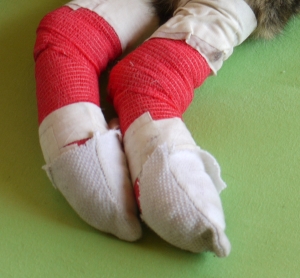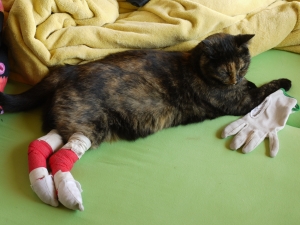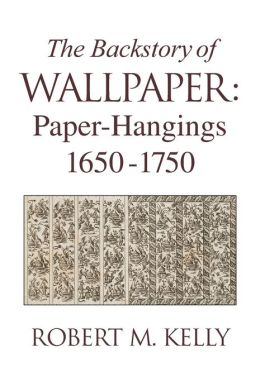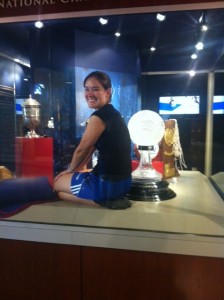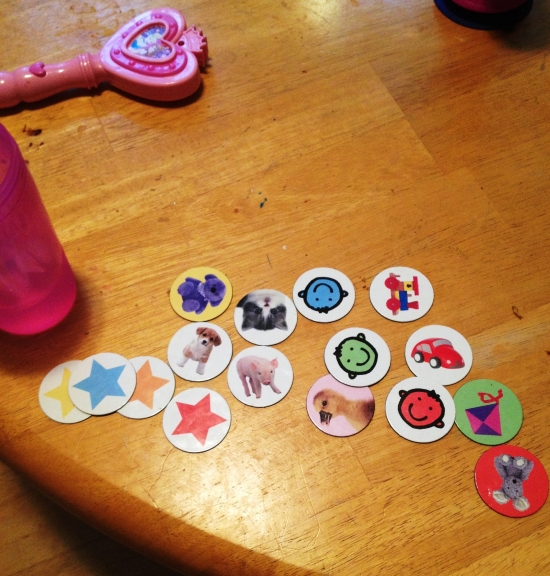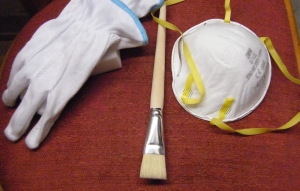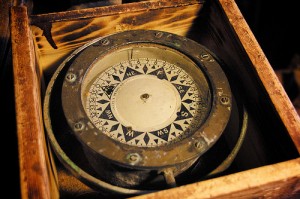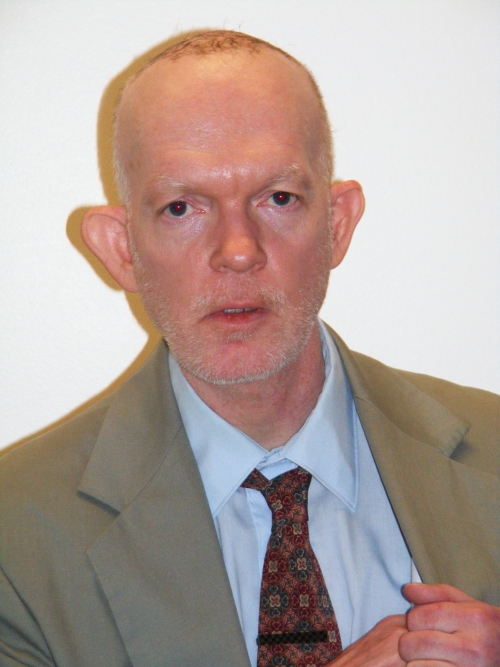The problem of how acid gases behave with buffered paper enclosures is interesting and not quite what we might expect. Most of us, even industry scientists working on stability issues, have learned that buffered paper reacts with acid gases and therefore prevents them from passing right through. Some of later heard that maybe buffered paper enclosures won’t necessarily protect the object inside from external acidic gases, but buffering will at least protect the enclosure and make it last longer (and as a physically protective armor, this should be good for the object as well.)
Well, the first problem is to sort out what this buffer is. The Oxford Concise Science Dictionary defines a buffer as “A solution that resists change in pH when an acid or alkali is added or when the solution is diluted.” Since we need to keep our paper enclosures relatively dry, a buffer in paper doesn’t fit the scientific definition of the term. ISO 18902 Imaging materials – Processed imaging materials – Albums, framing and storage materials, uses the term “alkali reserve” instead of “buffer”.
Certainly the typical things that we expect to find as buffers in paper are all “alkalis” by definition. These may include alkaline earth carbonates such as calcium and magnesium carbonate or some metal oxides such as zinc oxide. If we add an alkali like sodium hydroxide (lye) or sodium carbonate or borax, to the pulp solution, they’ll dissolve in solution and disperse into the paper. Much of it would come out with the water being drained from the pulp and the rest just affects the pH of the paper. Generally, as acids entered the paper, the pH of the paper would simply go down. So while these substances are alkalis, they aren’t reserves of alkali. The reserve aspect is accomplished by using alkalis of low solubility so they have a minimal impact on the pH of the paper, but are still available to react with acids. For example, if we start with pure water at 25 degrees C, we should be able to dissolve 0.007 grams of calcium carbonate into a liter of water. Just as a reference, the paper industry says that they produce common office photocopy paper with the intent that it leaves the mill with a water content of 5% by weight so a typical sheet of this paper contains about 0.2 grams of water, enough water to dissolve 0.000001 grams of calcium carbonate.
So rather than being dispersed through the paper, the alkali reserve exists as discrete particles in the paper at a rate of typically 2% or 3% by weight.
The final piece of the problem consists of the acid vapor molecules and how they move. Gas molecules move randomly so we have no idea what any individual molecule is doing at any particular time (unless we specifically watch it). Fortunately there are statistical rules that allow us to predict the behaviour of a large number of gas molecules. However, we’re interested in individual molecules. Buffer particles have no attractive force pulling acid gas molecules towards themselves so whether or not an acid gas molecule happens to run into a buffer particle is completely a result of random chance. There are a very large number of random paths through the buffered paper that don’t end at a particle of the buffering agent and as a result, acid gases can pass right through the paper. In addition, acids and buffer particles can co-exist in the paper.
We first observed this back in the 1990s following a nitrogen dioxide fuming experiments with photographs in buffered paper envelopes. In the presence of water, nitrogen dioxide forms nitric and nitrous acids with the nitrous acid decomposing into nitric acid and nitric oxide. Much to our surprise, the paper envelope had both a high acidity and a high alkali reserve together. Years later, the same thing was observed in experiments with deteriorating acetate film with buffered paper envelopes: high acidity and high buffer content coexisting in the same envelope paper.
After explaining how a system with static buffer particles and randomly moving acid gas molecules could produce this situation, a colleague suddenly exclaimed, “It’s lazy dad!”
As my colleague explained, lazy dad is sitting in front of the television and doesn’t want to miss a minute of the game. (Fill in your favorite sporting event here.) Lazy dad, the buffer particle, isn’t going to move unless the house burns down. Meanwhile, the kids, the acid gas molecules, are running wild through the house. They don’t particularly care where they’re running, they just want to run around. Nothing is going to change this system unless a child happens to run too close to dad who will then scoop the child up (react) and tell the child to “knock it off and stop running in the house.” There are many random paths for the children to run that don’t happen to go near dad and they aren’t going to stop unless they run into (react) Lazy dad. Lazy dad isn’t going to chase the children so Lazy dad and the running children can co-exist in the same house (paper.)
Note that other solid additive in paper have the same limitations. For example, we filter our air in certain labs using activated charcoal supported on pleated paper and the filters more or less obey the same physical laws, although there are a few differences. The filters have fans blowing large volumes of air through the filters so molecular motion isn’t limited to strictly random movement and the loading of charcoal is much higher than a few percent. The filters are pretty black with charcoal. However, at a lower loading rate and without the fan, these filters would be limited by the same physical laws as buffering in buffered paper.
So buffered paper envelopes don’t quite do what we expect them to and it’s because of the laws of nature rather than a design failure of the product.
-Doug
Douglas Nishimura
Image Permanence Institute
Rochester Institute of Technology







